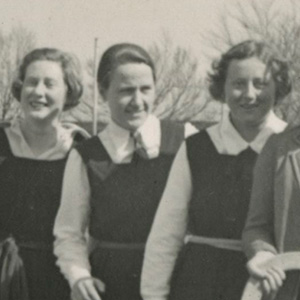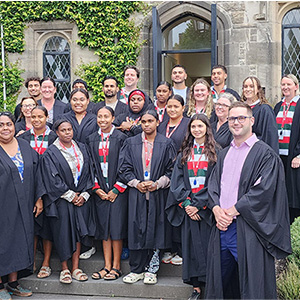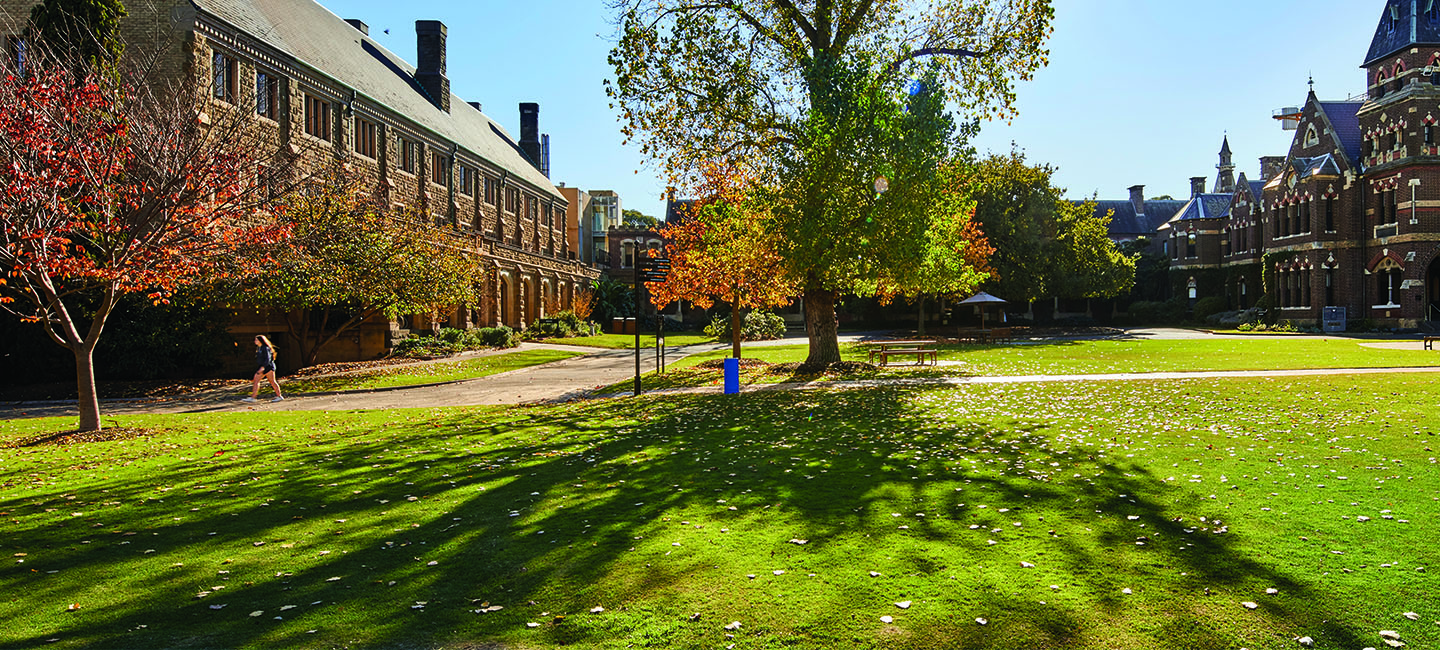

Trinity College is honoured to be showcasing Revealed: Arnhem Land Barks from the Anita Castan Collection – Yirrkala and Milingimbi, an extraordinary collection of bark paintings acquired in the mid-1960s by the young American collector Kenneth Neybert.
And with this comes some interesting history, as the collection’s founding coincided with a pivotal decade for the Yolngu peoples of northeast Arnhem Land.
In 1962, the Australian Government granted rights to bauxite mining company Nabalco on the Gove Peninsula without consulting the Traditional Owners. The event prompted the Yirrkala Bark Petition the following year – an assertion of Yolngu traditional custodianship of the land. This triggered an eight-year long legal battle known as the Gove land rights case. Although the case ultimately failed in 1971, it paved the way for the famous overturning of the terra nullius concept in the 1992 Mabo Case.
At the same time, northeast Arnhem Land had captured the attention of national and international artists, curators and gallery directors. The Art Gallery of New South Wales and the National Gallery of Victoria wanted to enrich their Aboriginal art collections with Arnhem Land barks during the 1950s and 1960s, while European and American collectors began acquiring works as an early commercial market developed.
Kenneth Neybert’s collection was eventually acquired by Anita Castan in memory of her brother-in-law, the late Ron Castan QC. Ron was senior counsel in the Mabo Case and was one of the lawyers involved in the original Gove land rights case.
‘The opportunity to purchase and return to Australia such historically and culturally important works by well-known bark painters such as David Malangi, Mithinari, Mathaman and others, was too important to ignore,’ says Anita. ‘This is something I felt I had to do.’
Prior to Anita's aquisition of the collection, a conservator from the Australian Museum, Karen Coote, was identified as having specialist knowledge in Aboriginal bark painting and agreed to travel to the US to examine the works and ensure they were in a stable condition for travel. They only just managed to leave America before flights were restricted in the aftermath of 9/11 in 2001.
With the return of the barks to Australia, this extraordinarily significant collection from two major art-producing communities in Arnhem Land was exhibited first at Benalla Art Gallery in 2002, and subsequently at the McClelland Gallery at Langwarrin in 2004. Trinity College is now deeply honoured to have worked with Anita to present this collection in our own gallery.
The exhibition is on display until 5 September in the Burke Gallery in Trinity College’s Gateway Building on Tin Alley. The gallery is open to the public on Tuesdays and Thursdays from 10am–4pm.
Read more about our Indigenous programs.
Image: Trinity College Warden and CEO Professor Ken Hinchcliff with Anita Castan
Related News
-
News & Stories
- Our Theological School Student President's mission to champion a spiritual and welcoming environment
- Jack reaps the rewards after taking a leap of faith on Trinity College
- Trinity alum named in King's Birthday Honours 2025
- Trinity Deputy & Academic Dean appointed Fellow at Center of Theological Inquiry
- Meet Trinity's aspiring art curator Seb Moore
- Trinity College offers its congratulations to newly elected Archbishop of Melbourne, the Right Reve
- Events
- Art
- Music & Choir
- Campus Development Projects
- Visiting Scholars & Lectureships
- Accommodation for Visitors
- Short Programs
- Work at Trinity



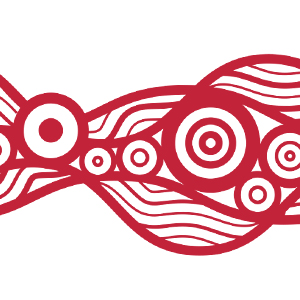
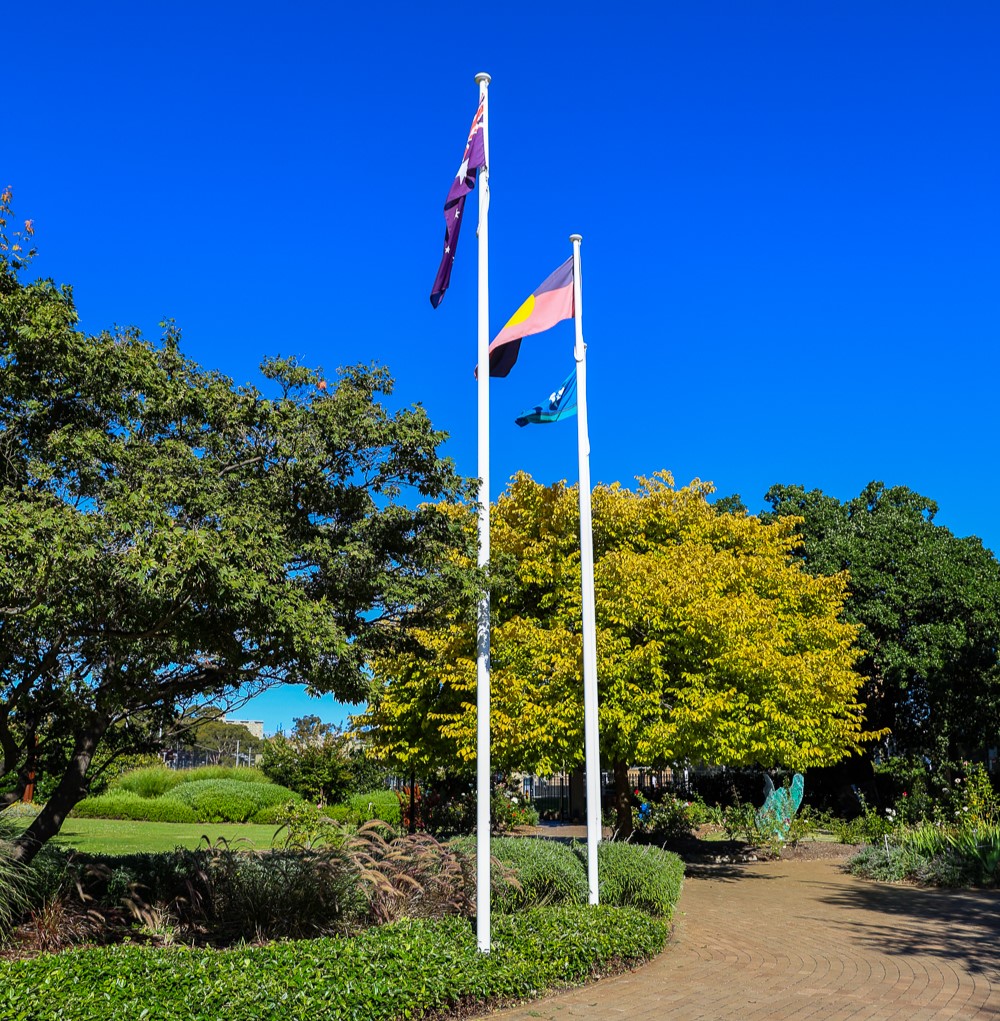
.jpg?width=300&height=300&ext=.jpg)
